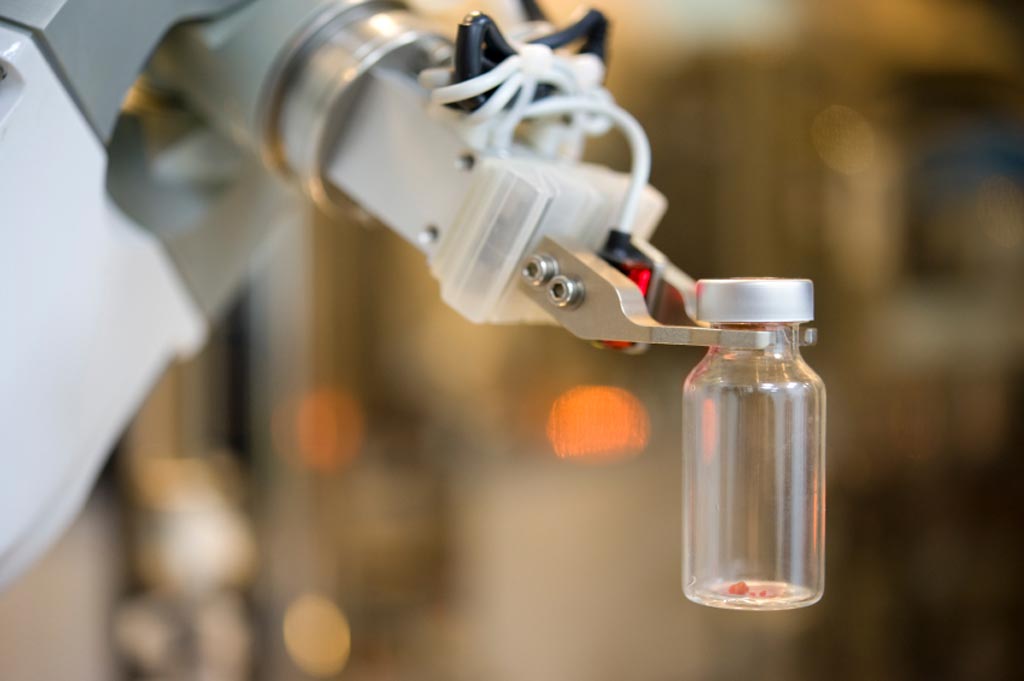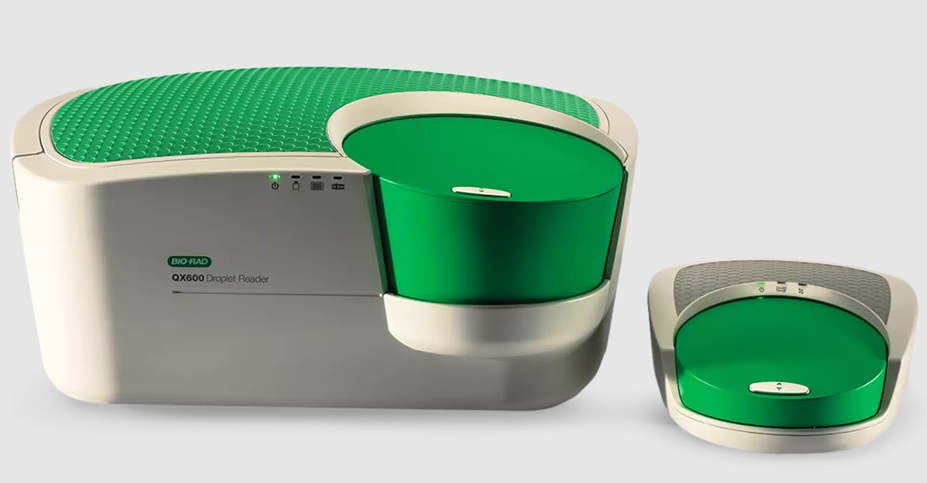Robotic Use Increases to Speed Lab Workflow
By LabMedica International staff writers
Posted on 28 Jun 2017
Robotic lab automation is making progress and removing some of the labor in laboratories, but rarely is it replacing all functions. Although the most common use of robots is partial, the number of laboratories using them is on the rise. Without robotics and other types of automation, laboratories may be unable to keep pace with testing, the complexities of new tests, such as those involving molecular diagnostics, and the loss of experienced technicians and technologists. These are the latest findings of Kalorama Information, (New York, NY, USA), an independent medical market research firm.Posted on 28 Jun 2017
Currently, robotics are finding use in several laboratory processes, ranging from the capping and decapping of sample bottles to high throughput screening. However, one of the major constraints to market growth is the limited adoption of automation and robotics – 10% or less of automation – by small and medium-sized laboratories – those laboratories that process fewer than 100 tubes on a daily basis.

Image: Without robotics and automation, some labs may be unable to keep pace with testing, and the loss of experienced technicians (Photo courtesy of Lab Automation).
Going forward, much emphasis will be placed on modular robotic automation, which is extremely important for laboratories looking to speed their workflow to keep up with the increasing number of tests, including molecular tests. In order to establish themselves in the market place, robotic systems vendors need to increase productivity and efficiency at laboratories while also helping them to cut costs and errors, and improve productivity. To achieve this, robotics must prove itself as a solution that can address and optimize workflow and many of the phases involved in clinical diagnostics, such as sample collection and sample processing.
“Total lab automation may be appropriate for large-size laboratories, it is not suited for smaller laboratories. It can lead to an increase in the total cost of automation. Moreover, it gives many laboratories little option for future planning, especially if it turns out they do not need to have extensively automated,” said Joe Constance, the author of the study. “Investing in laboratory automation systems is an expensive proposition, and may not be affordable to small and medium-sized laboratories, even if it is a one-time investment.”
Related Links:
Kalorama Information













